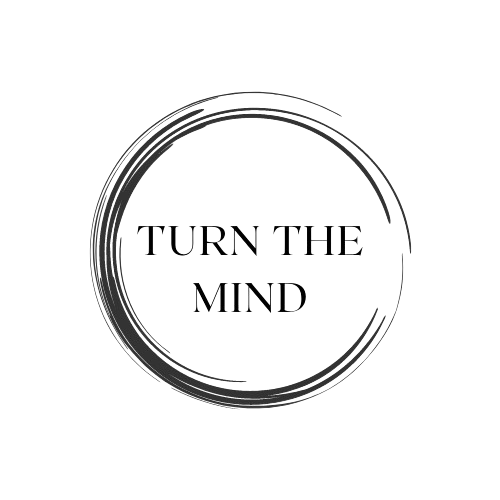Polyvagal Theory
As a practice, we have been studying and learning more about Polyvagal theory because it relates to our work with trauma, depression, anxiety, and emotional regulation. This theory explains how the nervous system regulates our responses to the environment. The autonomic nervous system (ANS) is a division of the nervous system that controls and regulates the body's internal organs and unconscious bodily functions, such as heart rate, blood pressure, digestion, and breathing, and is comprised of the sympathetic and parasympathetic systems. The sympathetic system is activated in response to perceived threats and is associated with the "fight or flight" response, while the parasympathetic system is activated in response to perceived safety and is associated with the "rest and digest" response. Dorsal vagal shutdown is a condition in which an older part of the Parasympathetic nervous system, the DORSAL VAGUS BRANCH of the vagus nerve is activated. This response creates 'freeze' which is highly associated with trauma.
In trauma therapy, polyvagal theory is used to help individuals understand how their ANS is affected by traumatic experiences and how they can learn to regulate their ANS to improve their responses. Trauma-focused therapies such as Eye Movement Desensitization and Reprocessing (EMDR) and Somatic Experiencing (SE) use techniques that help individuals to identify and process their traumatic memories and to shift from a state of sympathetic arousal to parasympathetic regulation. By learning to regulate their ANS, individuals can reduce symptoms of trauma such as anxiety, depression, and hyperarousal.
By understanding this model, and using its explanation for fight, flight, and freeze responses to situations, clients can learn how to change their responses and shift their nervous system into a different state. Our practice offers both EMDR (all therapists in practice) and Somatic Experiencing (SE) (Martha Jimenez, LCSW is certified in this therapy).
